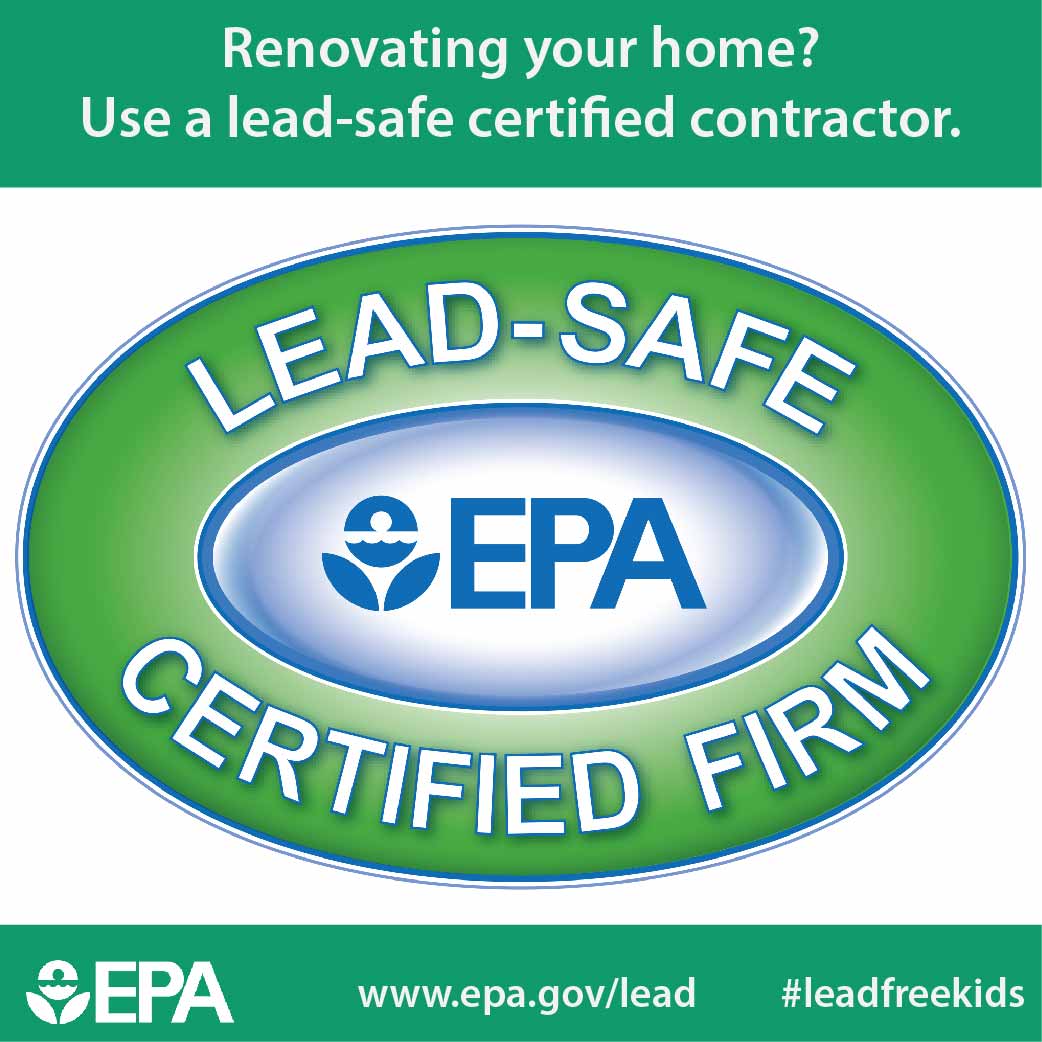Learn About The Methods Which Seasonal Factors Can Influence The Success Of Business Exterior Painting And Determine The Most Effective Times To Accomplish Lasting Results For Your Project
Learn About The Methods Which Seasonal Factors Can Influence The Success Of Business Exterior Painting And Determine The Most Effective Times To Accomplish Lasting Results For Your Project
Blog Article
https://www.housedigest.com/946667/the-best-way-to-paint-over-dark-walls-and-lighten-up-your-home/ -Doherty Whalen
When you're preparing a business external paint project, seasonal elements can make or break your results. You'll intend to consider exactly how temperature level and moisture impact paint application and drying times. Choosing the appropriate season can ensure your paint sticks effectively and lasts much longer. However which seasons are truly the best for this type of work? Allow's explore the crucial elements that can impact your task's success.
The Impact of Temperature on Paint Application
When you're intending an industrial outside paint job, the temperature level can dramatically affect just how well the paint adheres and dries out.
Ideally, you want to repaint when temperature levels range in between 50 ° F and 85 ° F. If it's also chilly, the paint may not treat properly, bring about issues like peeling or splitting.
On the other side, if it's also hot, the paint can dry too rapidly, preventing appropriate adhesion and resulting in an uneven coating.
You should additionally consider the moment of day; early morning or late afternoon offers cooler temperatures, which can be more favorable.
Constantly examine the manufacturer's referrals for the particular paint you're utilizing, as they usually supply guidance on the perfect temperature level range for optimum results.
Moisture and Its Effect on Drying Times
Temperature isn't the only ecological factor that affects your industrial external painting project; moisture plays a significant function also. minneapolis painters can reduce drying times considerably, affecting the overall high quality of your paint work.
When the air is filled with moisture, the paint takes longer to heal, which can lead to issues like inadequate attachment and a greater risk of mold growth. If you're painting on an especially moist day, be planned for extensive wait times between coats.
It's vital to keep track of local weather conditions and plan appropriately. Preferably, aim for moisture levels between 40% and 70% for ideal drying.
Keeping these factors in mind ensures your project remains on track and supplies a long-term surface.
Best Seasons for Commercial Exterior Painting Projects
What's the most effective season for your business outside paint projects?
Springtime and early loss are commonly your best options. Throughout these seasons, temperature levels are mild, and moisture levels are usually lower, creating optimal problems for paint application and drying.
Avoid summer's intense heat, which can trigger paint to dry also promptly, bring about inadequate adhesion and finish. Likewise, winter months's cool temperature levels can hinder correct drying out and treating, risking the longevity of your paint job.
Aim for days with temperature levels in between 50 ° F and 85 ° F for ideal outcomes. Bear in mind to examine the regional weather report for rain, as wet conditions can destroy your job.
Planning around these factors guarantees your paint job runs smoothly and lasts much longer.
Final thought
In conclusion, planning your commercial exterior painting jobs around seasonal considerations can make a considerable distinction in the end result. By organizing work during the excellent temperature levels and moisture levels, you'll guarantee much better bond and drying out times. Bear in mind to keep an eye on regional weather forecasts and choose the right time of year-- springtime and very early fall are your best choices. Taking these steps will certainly aid you achieve a sturdy and specialist coating that lasts.
